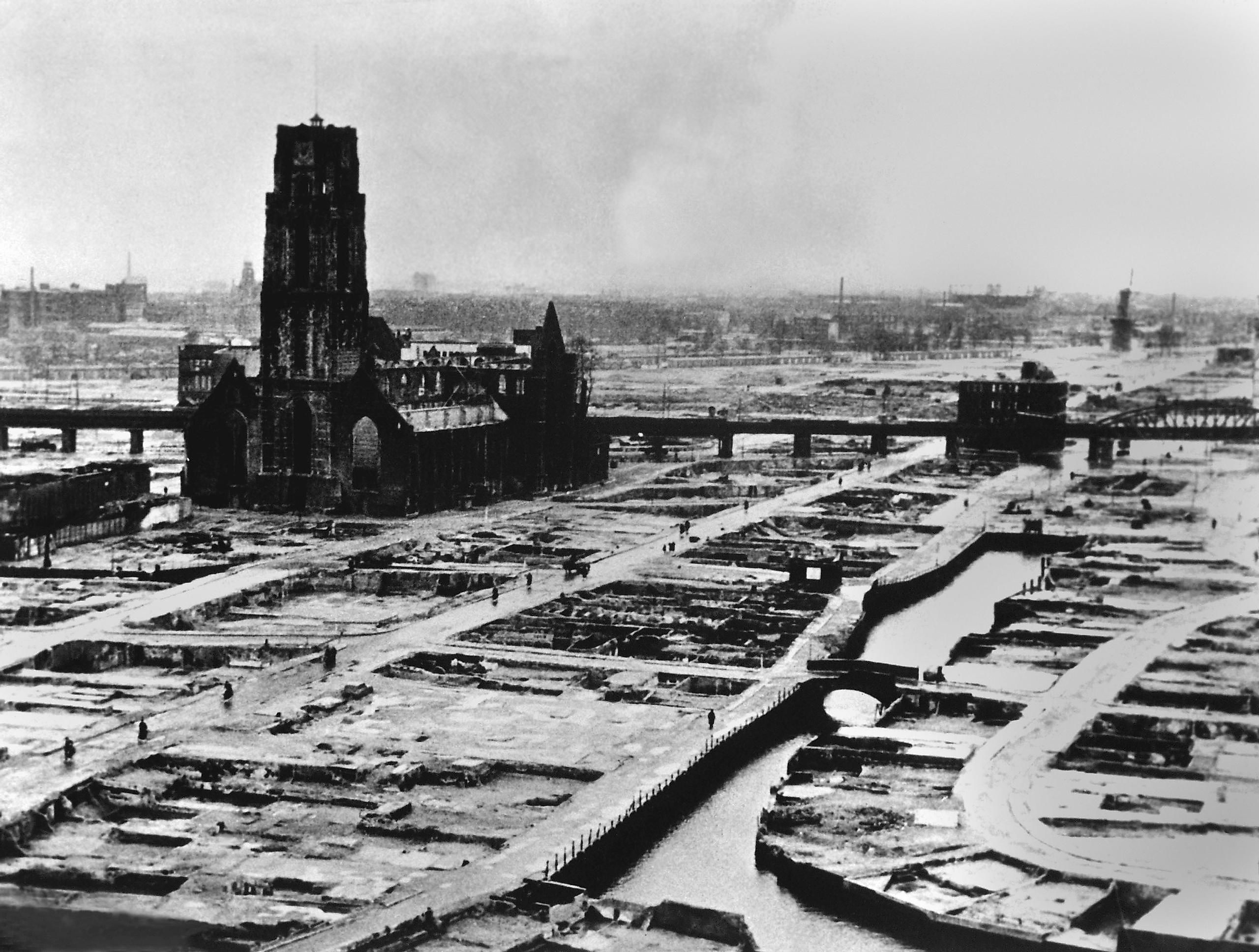
The Blitzkrieg In The Low Countries
Germany invaded the Low Countries (the Netherlands, Belgium, and Luxembourg) on May 10, 1940. The military operations were quick, with the Nazis' Blitzkrieg (lightning war) tactics proving enormously effective. Moreover, the invasion of the Low Countries allowed Germany to mostly bypass the Maginot Line, thereby making an attack on France easier.
Background
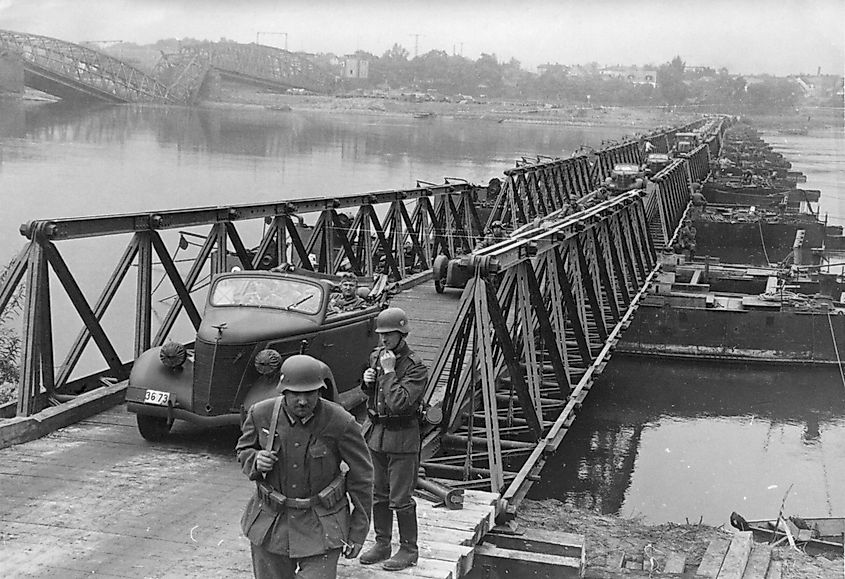
Germany invaded Poland on September 1, 1939, marking the beginning of the Second World War. This was followed by the Soviet Union (USSR) also invading Poland on September 17. A combination of Blitzkrieg tactics and the Polish Army being spread too thin meant that the battle was over in about a month, with the Nazis and Soviets then jointly occupying the country. However, a roughly half-a-year period followed in which little fighting occurred. This "Phoney War" happened for several reasons, perhaps the most important of which was the Maginot Line, a series of obstacles, weapon installations, and fortifications on the French border. Nonetheless, fighting eventually resumed on April 9, 1940, when Germany attacked Denmark and Norway. This was followed by the joint invasions of the Netherlands, Belgium, and Luxembourg on May 10.
The Invasion Of Luxembourg And The Netherlands
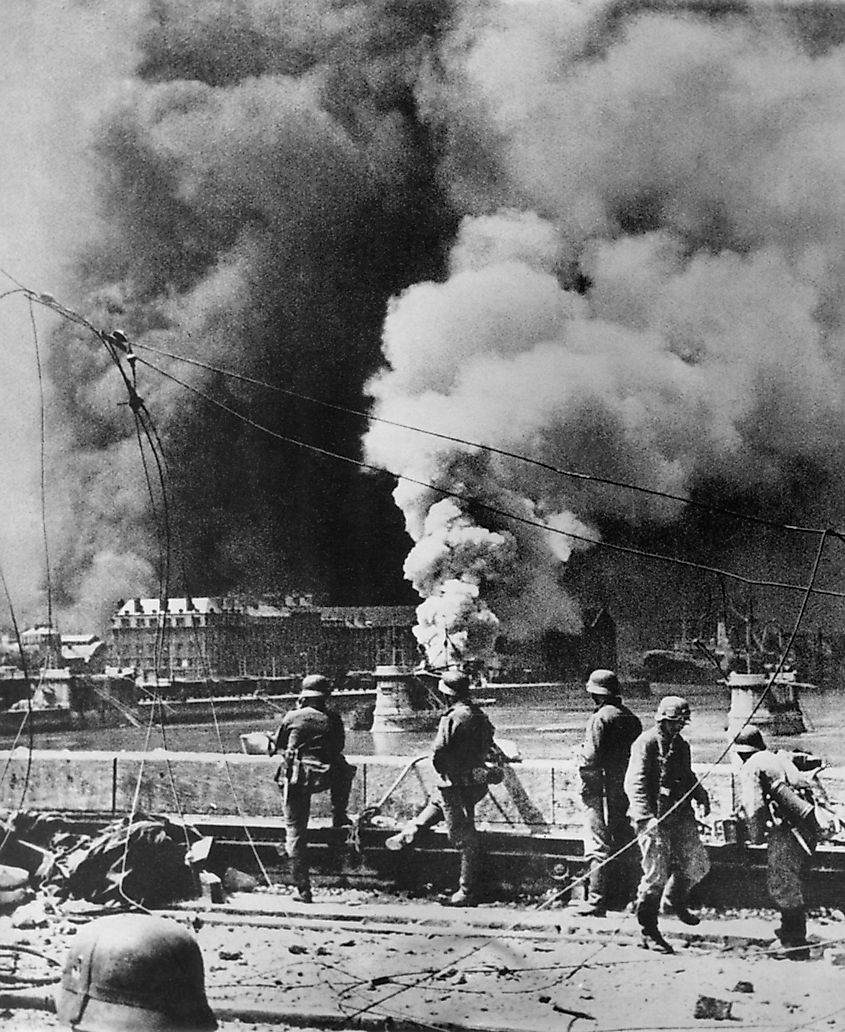
The invasion of Luxembourg was a very quick affair, lasting only a day. This was despite the Shuster Line, a line of barricades and barriers on the Luxembourg-German border. Nonetheless, the Luxembourgish Army itself only provided light resistance, allowing the Wehrmacht to quickly occupy the country. In total, the Allies suffered about 13 casualties during the invasion, whereas the Germans experienced around 88 casualties.
The invasion of the Netherlands was one of the clearest examples of the Nazis' Blitzkrieg. It functioned as follows: in a surprise attack, the Germans would concentrate massive amounts of tanks, planes, and artillery in one area. The tanks would then come through and roll over everything, followed by the infantry clearing up the area. This proved enormously successful in the Netherlands, with the widespread use of paratrooper drops in conjunction with ground troops helping the Wehrmacht capture key airfields in Rotterdam and The Hague. Furthermore, the devastation caused by the bombing of Rotterdam on May 14, along with German threats to bomb other cities, convinced the Dutch Army to surrender. Thus, by May 17, all large-scale fighting had stopped.
The Invasion of Belgium
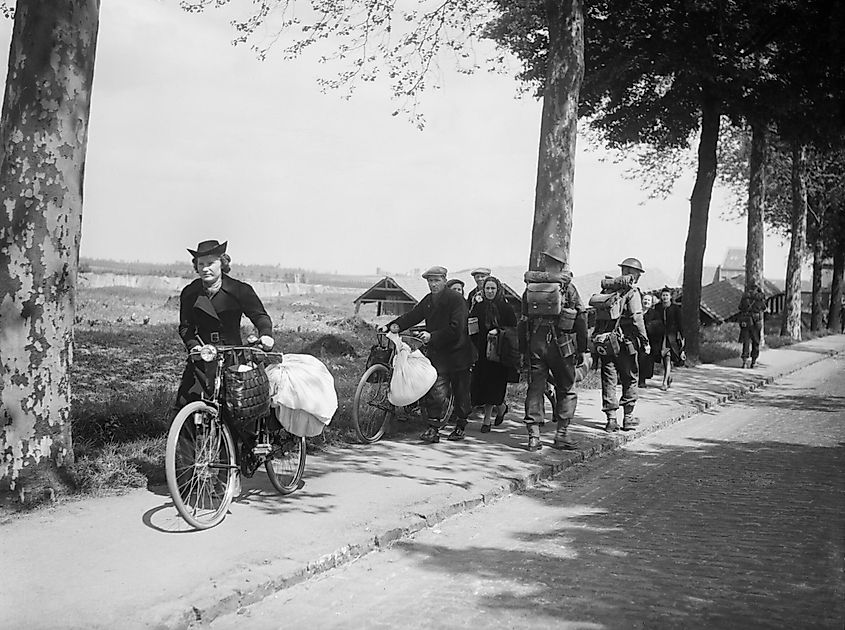
The invasion of Belgium was the longest of the three military operations, with it taking about two and a half weeks. Much like in the Netherlands, it exemplified the Germans' usage of Blitzkrieg tactics. Moreover, it saw the then-largest tank battle in history with the Battle of Hannut. Most importantly, however, Belgium held the key to Germany's strategic ambitions in France. As previously noted, the Maginot Line had prevented any major German offensive maneuvering in the west up to this point in the war. But, the French-Belgian border was far less heavily fortified. This was because it was covered by the Ardennes Forrest, which the French believed would function as an effective natural barrier. Thus, the Germans aimed to bypass most of the heavy fortifications by invading Belgium and going through the forest. Regarding Belgium itself, the Belgian Army was gradually pushed into a pocket in the northwest of the country, resulting in a May 28 surrender.
The Aftermath
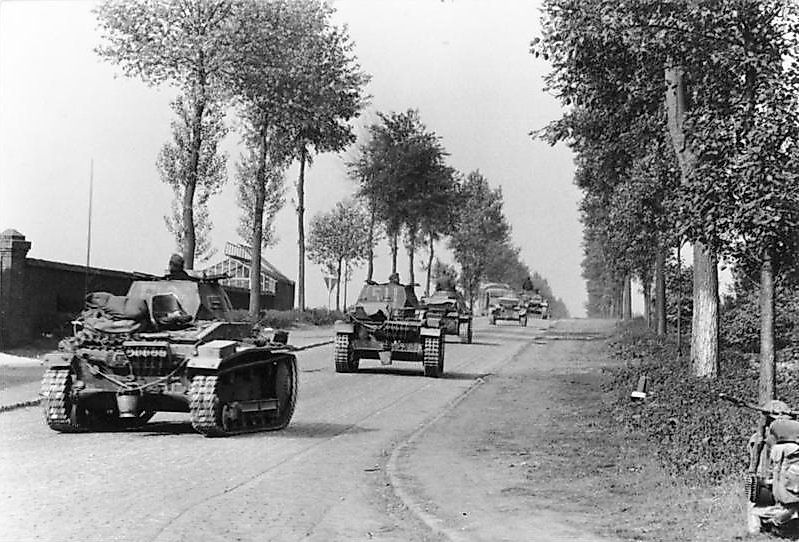
In accordance with German plans, the Wehrmacht went through the Ardennes Forrest, catching the Allies off guard and beginning the invasion of France. Thereafter, they raced to the English Channel to cut off the Allied soldiers. While hundreds of thousands of British troops were rescued during the evacuation at Dunkirk, they left behind significant amounts of military equipment and lost any position on the European continent. France ultimately fell in six weeks, with fighting ending in late June.
Concerning the Low Countries, they stayed under German occupation until 1944 and 1945. For instance, Luxembourg was liberated by the Allies in September 1944. The liberation of Belgium began that same month, with the Belgian government returning to power on September 8 and the final vestiges of the German Army surrendering in February 1945. Finally, the Netherlands was freed from the German occupation over a slightly longer timeframe, with it finally being liberated on May 5, 1945.
In conclusion, the invasion of the Low Countries was a key event in the Second World War. Indeed, the battles for the Netherlands, Belgium, and Luxembourg exemplified the Germans' use of Blitzkrieg tactics. Furthermore, the invasions were crucial to the Nazis' planned invasion of France.











